10 Essential Job Search Strategies to Help Land Your Next Big Gig
A job hunt is a time-consuming process. It usually takes a few weeks, if not months to land a job. If you want to cut the time to hire and explore all your career opportunities, it’s worth following a...

A job hunt is a time-consuming process. It usually takes a few weeks, if not months to land a job. If you want to cut the time to hire and explore all your career opportunities, it’s worth following a job search strategy. Here’s a selection of tried and tested methods along with the tools that will help you put your best foot forward. Ten Effective Job Search Strategies Your job search strategy should be about quality, not quantity While online portfolios are a standard among designers and software developers, they’re great for other professionals, too. For example, if you’re a copywriter, you can add some of your best writing. Or, if you’re a video editor, you can share links to the clips you’ve produced. If you can’t showcase your work, don’t worry. You can always create an “About me” page instead. Write a short description of who you are, what skills and experience you have, and where you want your career to head. Add your CV, or, better yet, a short recording where you encourage potential employers to reach out. Tip: Make sure your portfolio is easily searchable. If you’ve designed a number of interfaces, consider categorizing them via industry, device type, etc. Preparation is key if you want to get that dream job you’ve applied for. While reading about the company is a good starting point, go beyond it. Take a look at the role description and try to predict the questions that might come up during the interview. Write them all down, along with the answers. This way it will be easier for you to avoid surprises, at least to some extent. You can also look at what people say on forums like Reddit or Glassdoor. They share their experience with different companies and even mention the interview questions that they got. Tip: Make sure your list includes: Wouldn’t it be great, if instead of looking for a job, the right opportunity “knocked on your door”? This scenario is possible, with enough exposure. Use LinkedIn to share your knowledge and experience. Talk about your successes and failures. If you do it regularly, people will start noticing you. You might even become an industry expert. Eventually, all you’ll have to do is let the LinkedIn community know you’re searching for a new challenge, and opportunities will fly your way. Tip: You can try two approaches. Write your own posts and invite others to join the discussion. Comment on other people’s posts. Remember to do it regularly. This might seem like a basic job search strategy tip, but it’s a crucial one. Before you start applying for jobs, you need to know what you want. Are you interested in a full-time, part-time, or freelance role? Are you happy to be office-based, or is working remotely your preferred option? It’s also worth figuring out the type of company you’d like to be part of. Are you keener on a corporation, a start-up, or maybe a non-profit? Is there a specific industry you like? Answering all these questions will help you narrow down your search and make it more effective. Tip: After you’ve defined what you’re looking for, spread the word among friends and your professional network. Make it easy for others to check if a job they come across fits your expectations. It’s a good idea to send them a bulleted list that summarizes the key information. Include the job position you’re looking for, years of experience, skills, and the industry you want to work in. This goes beyond the standard “network at conferences and job fairs” advice. For example, if you work at a large company, mingle with people from other departments. Or, suppose you’re part of a Slack community and see that a content writer is looking for quotes from subject matter experts like you for an upcoming article. Reach out and offer them five minutes of your time. Not only will they remember you. The piece they’re writing might also be read by a future employer. Yes, this is a long-term job search strategy. You might not get a job offer from these new connections today or even in a year or so. Yet, it’s worth giving a try, as it doesn’t put pressure on anyone. Another reason to network? A study at over 200 companies found that 27% of all their employees came from referral programs. Tip: Say ‘yes’ to opportunities, even if they don’t directly lead to a job offer. The goal is to gain more exposure and be remembered – both at your current company and outside of it. Don’t make applying via job boards your only job search strategy. Instead, contact companies directly. Find the hiring manager’s email, and send your CV along with a cover letter, if required. They should be more incentivized to get back to you, as, if you get hired, they’ll be able to skip the recruiter’s hefty fees. Tip: Visit the company’s career website, find the job ad you’re interested in, and check who’s hiring. If the name is not there, check if the same ad is on LinkedIn. Usually, it includes the name of the hiring manager. Use a tool like hunter.io to get their email, and get in touch. The job hunt is a long process. If you find it overwhelming, then split it into smaller tasks, and assign a deadline for each. Your to-do-list could include: Whenever you complete a task, give yourself a little reward, like a bar of chocolate or lunch with friends. Tip: Get as granular as you like, especially if large tasks overwhelm you. Smaller ones are faster to complete, and ticking them off your list will boost your motivation. Recruiters use a variety of terms to describe the same type of job opening. When you start searching online, use the most common titles related to your target role. For example, if you’re applying for a content writer role, start off with a simple “Content Writer” search. Here are some other terms that might bring up relevant results: Content Specialist Copywriter Content Manager Content Marketer Content Marketing Specialist Write down all the possible job title variations to find more opportunities that fit your profile. Tip: Use quotation marks in search engines. This will draw up exact matches for the role you’re looking for, making it easier to find fitting offers. Sending an email or a message on LinkedIn can be a good way to bypass the standard application process. To get it right, refer to something company- or role-specific in your message. Do so in the first paragraph, or write it in bold text. Also, keep your message short. LinkedIn shares that the shorter the InMail, the higher the open rates. Write enough to spark interest and link to your website, portfolio, and/or calendar. Tip: Check if there’s something you and the hiring manager have in common. For example, if your prospective employer shared a skydiving photo on their Twitter profile and you’re an avid skydiver yourself, refer to it in your message. You will definitely stand out. If you’re struggling to “sell” yourself, think of your job search as a sales campaign. Before you start applying for jobs or spreading the word in your network, ask yourself: Tip: If you need that “extra layer” of distancing, picture yourself as a Hollywood actor. How would your imaginary agent pitch you? Write down anything that comes to mind. This can help you build your job search strategy around your strengths and keep insecurities under control. Here’s a list of job search strategy tips that you can start implementing right away. Here’s a selection of tools and templates that will help you in your job search. Use this free, downloadable job search kit to kick start your new career. It comes with everything you need for a smooth transition: To make your CV pitch perfect, run it via Jobscan, an Applicant Tracking System (ATS) checker. It will assess how your hard skills, soft skills, and industry buzzwords compare with what you’ve included in your resume. It will also check your formatting and the tone of voice you use. Based on the feedback, you’ll be able to optimize your CV to boost your chances of getting hired. After finding a company you’d like to work for, you can use Hunter.io to get the hiring manager’s email. All the emails are verified, so you don’t have to worry your message will bounce. It’s free to use for up to 25 searches a month. It can be tempting to send your CV to as many companies as possible to boost your chances of getting hired. Still, such an approach could result in quite the opposite. Before you start your search, define your career objectives. Once you’re clear on what kind of job you’re looking for, focus on the offers that tick most of these boxes. Also, tailor your approach to each company that you’re talking to. This will tell them that you’ve given the job opening some thought. Follow these job search strategy tips to optimize your job search efforts, and find the perfect work opportunity.
Table of Contents
Ten Effective Job Search Strategies
1. Build an online portfolio or an “About me” page.
2. Try to predict the interview questions.
3. Share your knowledge on LinkedIn.
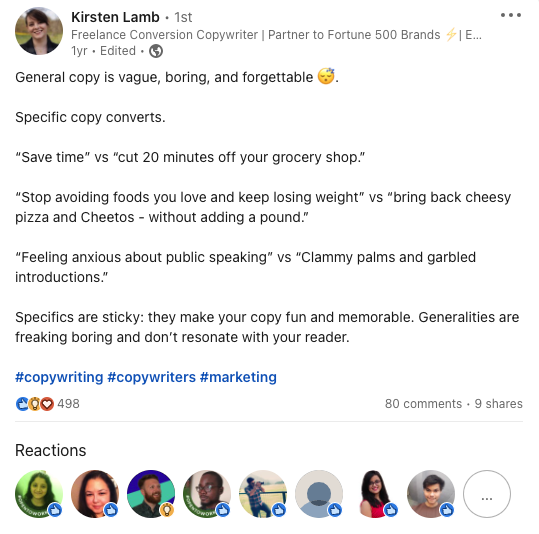
4. Define your expectations.
5. Network whenever possible.
6. Contact companies directly.
7. Create a timeline and reward yourself.
8. Pay attention to job title variations.
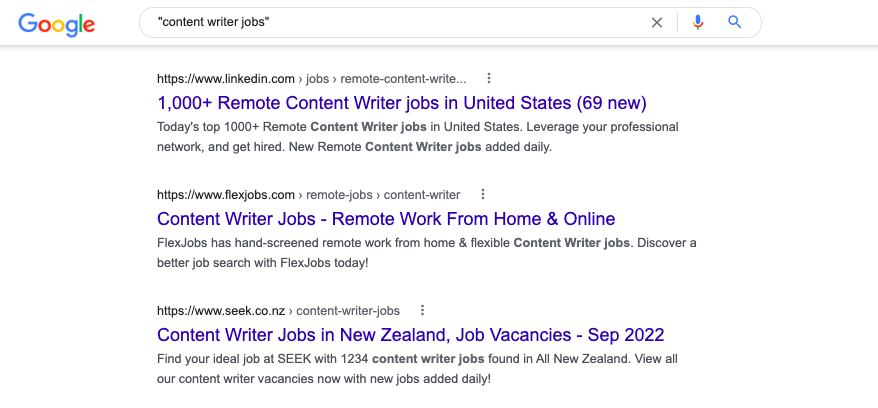
9. Personalize your outreach message (and keep it short).
10. Think of yourself as your own sales manager.
Job Search Strategy Tips
Helpful Tools
22 Free Job-Seeking Templates from HubSpot
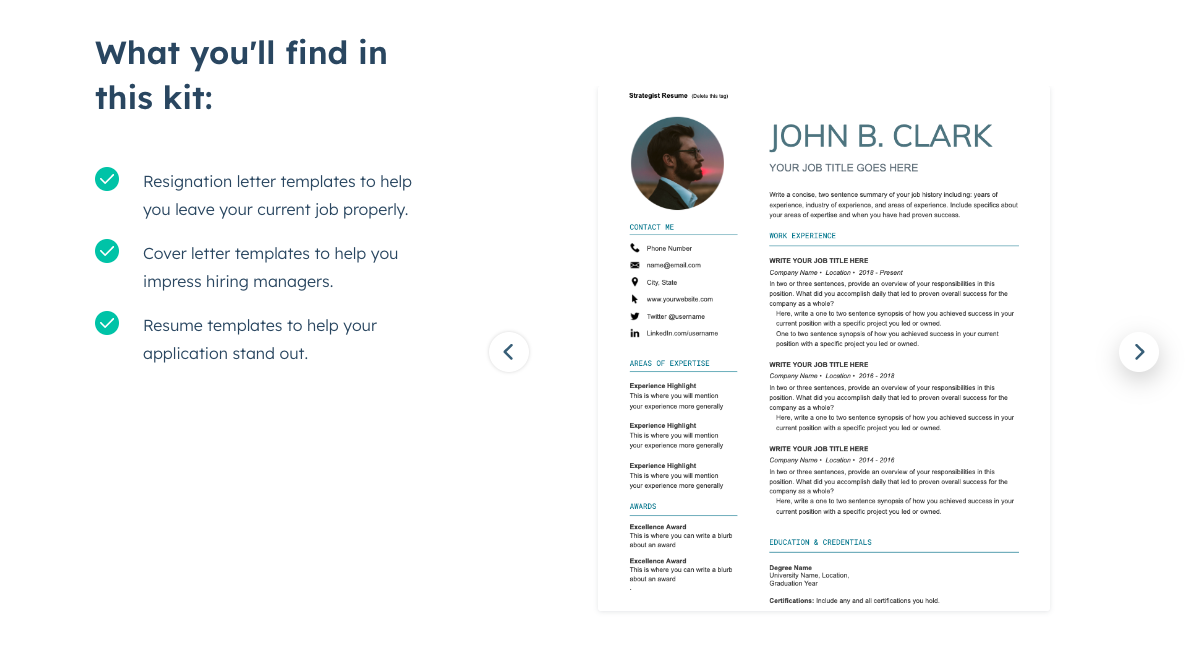
Jobscan
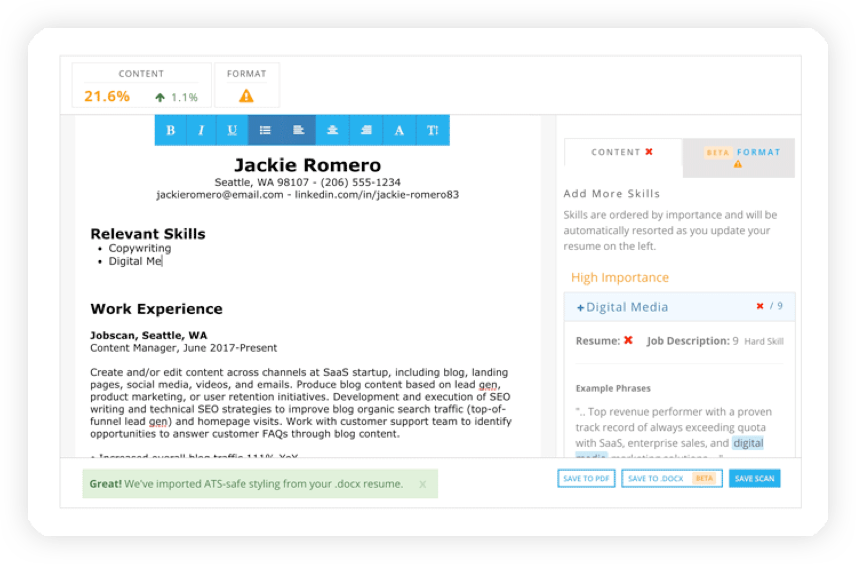
Hunter.io
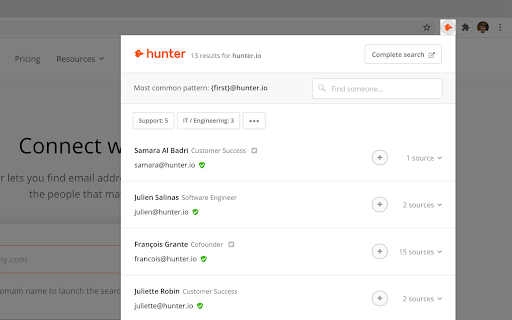
Your job search strategy should be about quality, not quantity

 MikeTyes
MikeTyes 
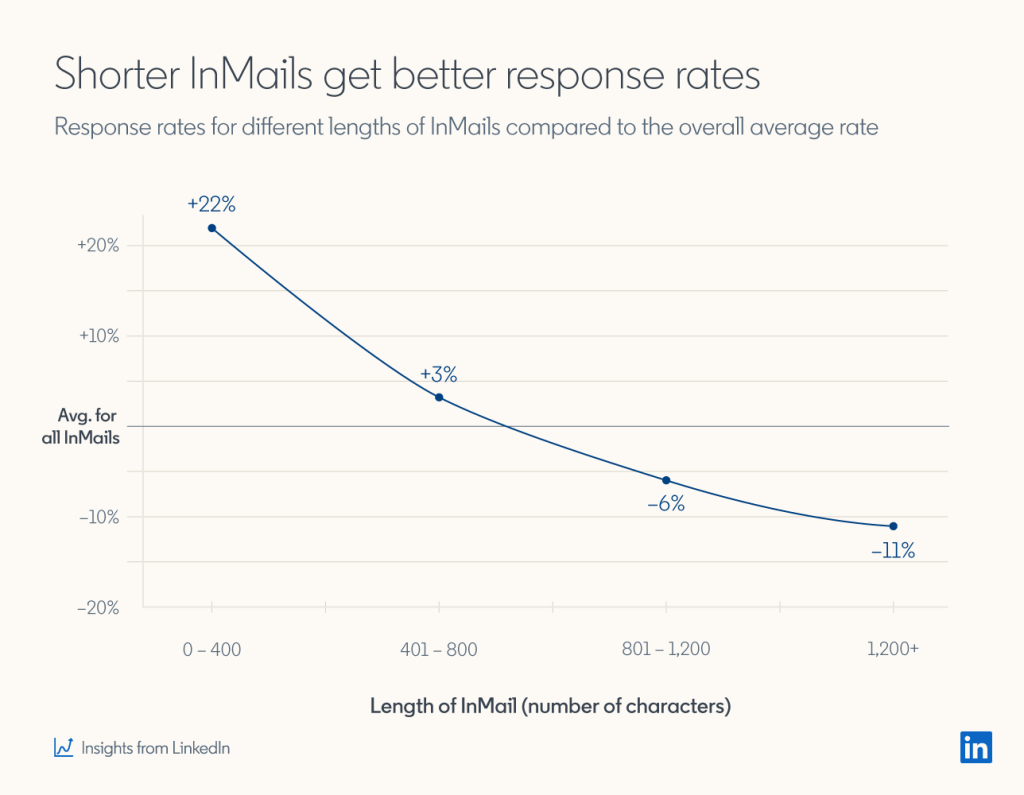
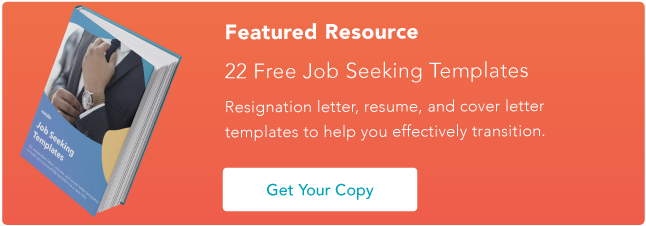









![How to Accept Payments Online [7 Top Payment Processing Providers]](https://blog.hubspot.com/hubfs/payment%20processing.jpg#keepProtocol)

.png)





















